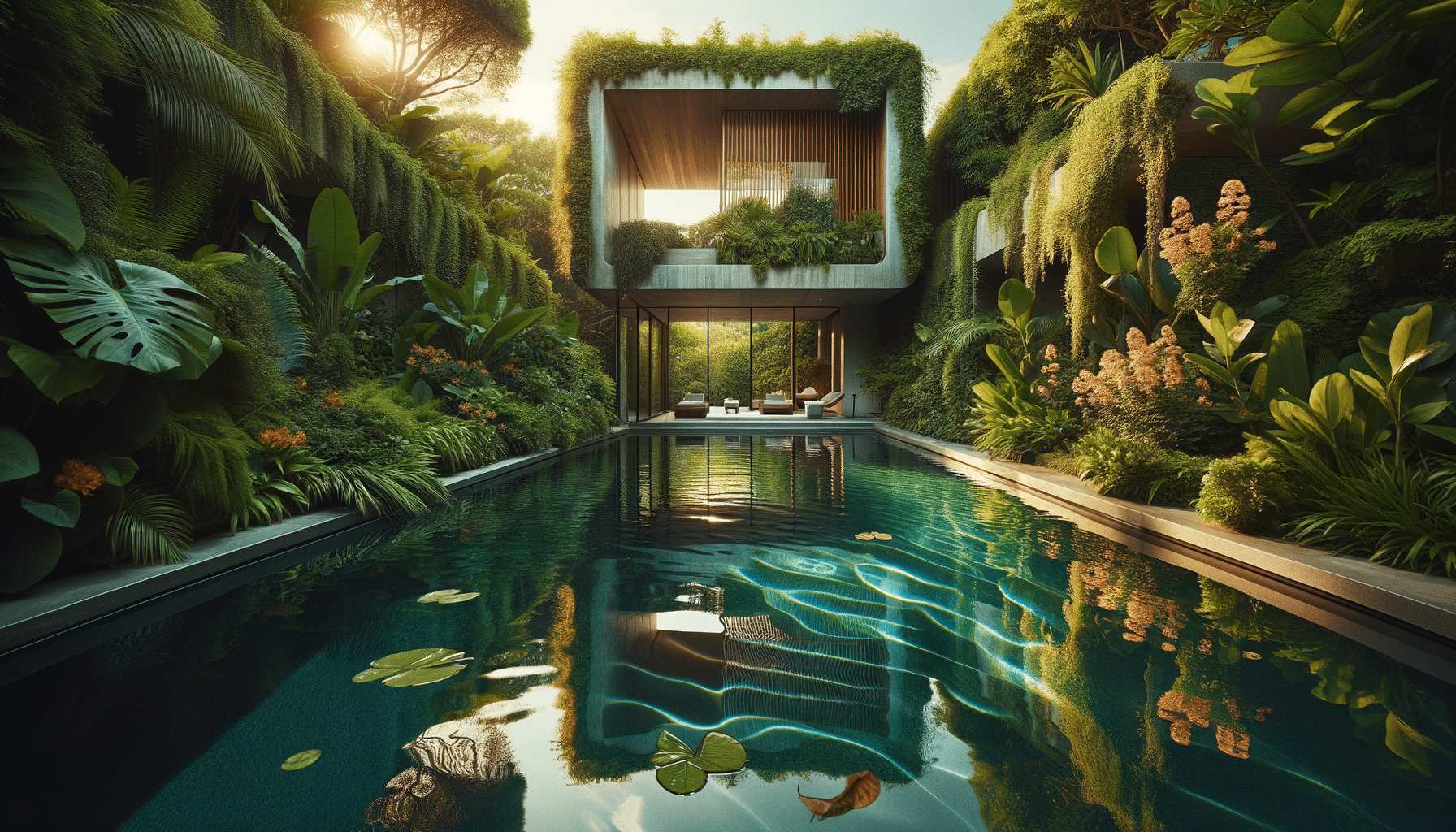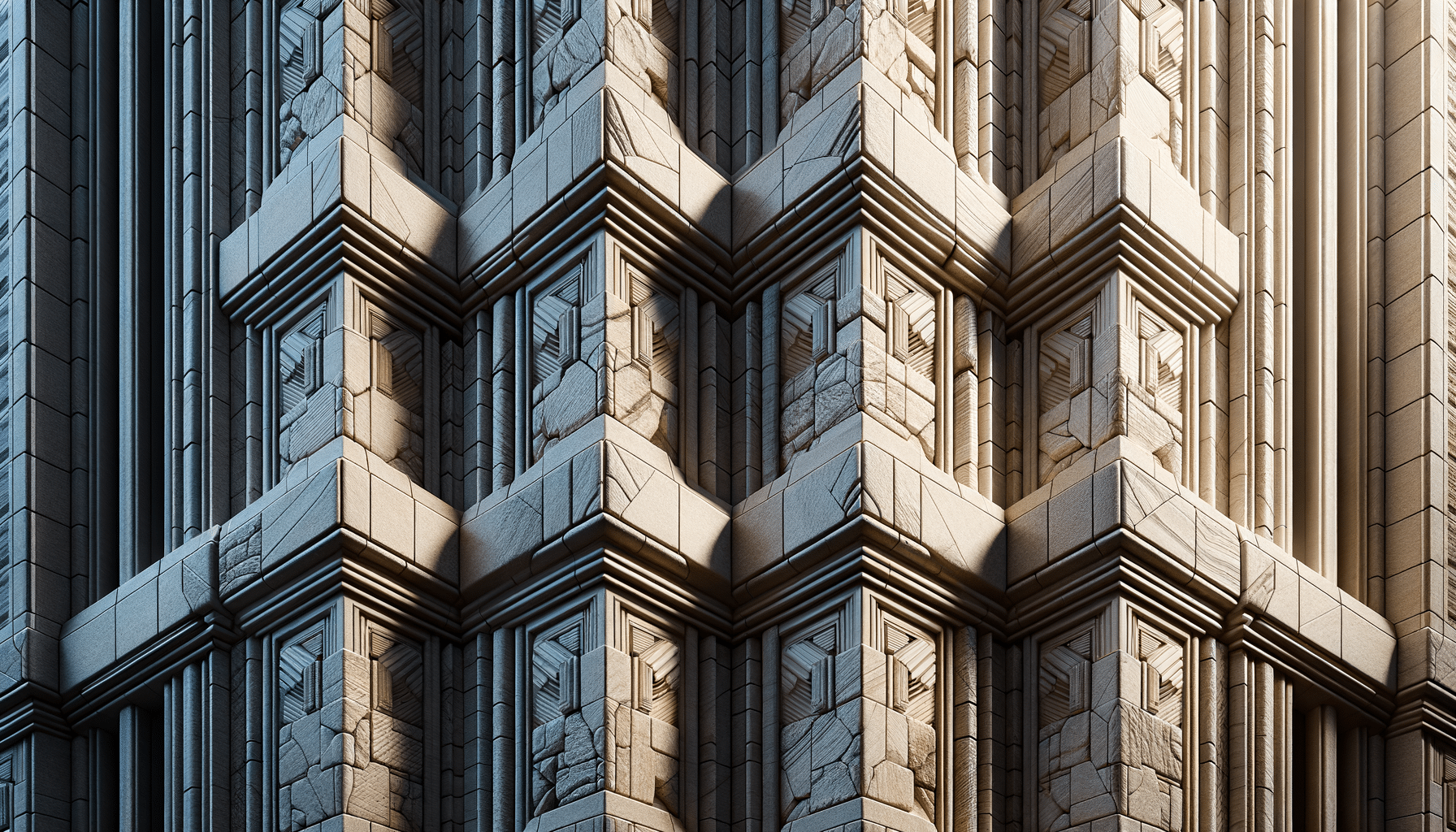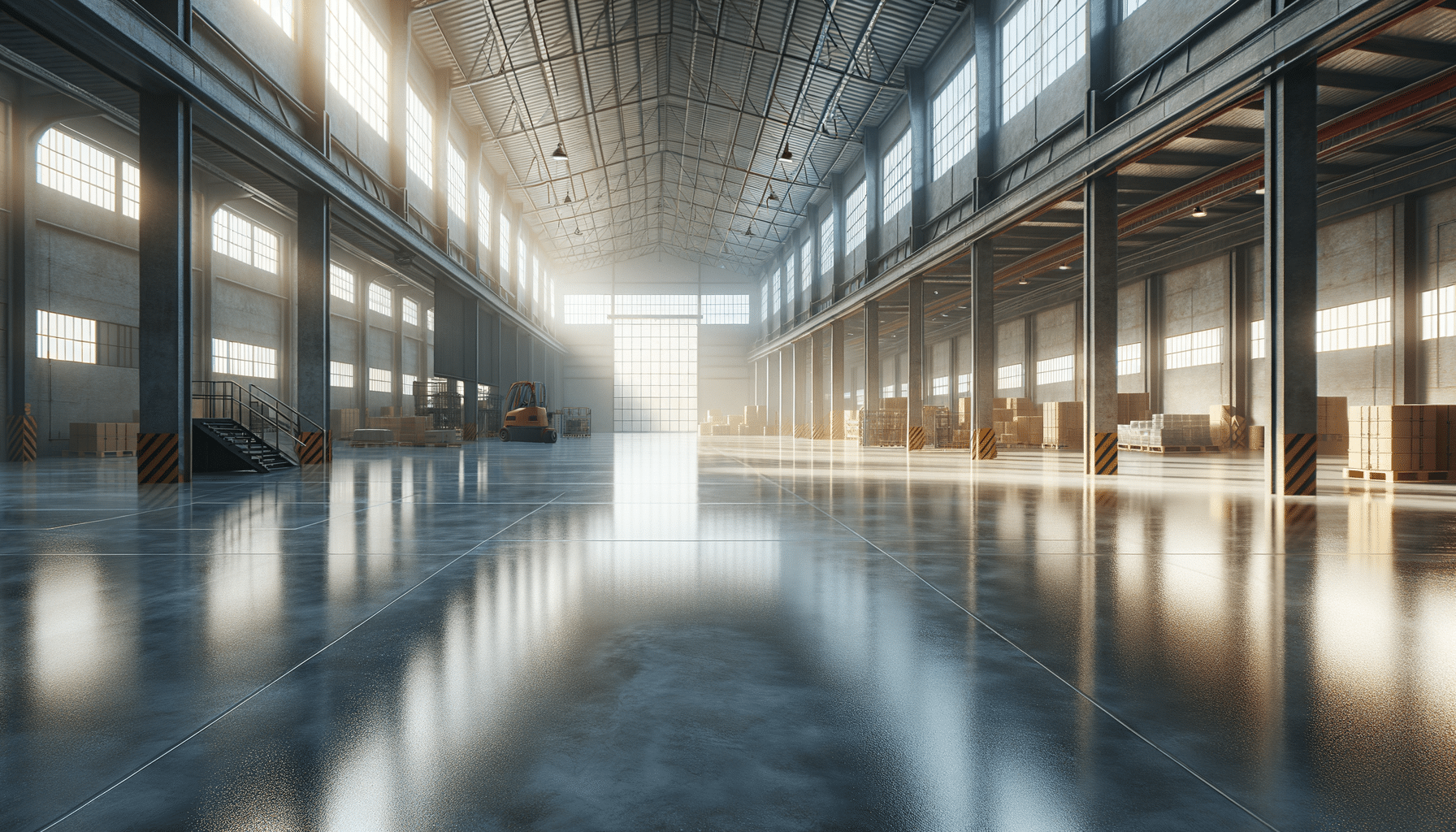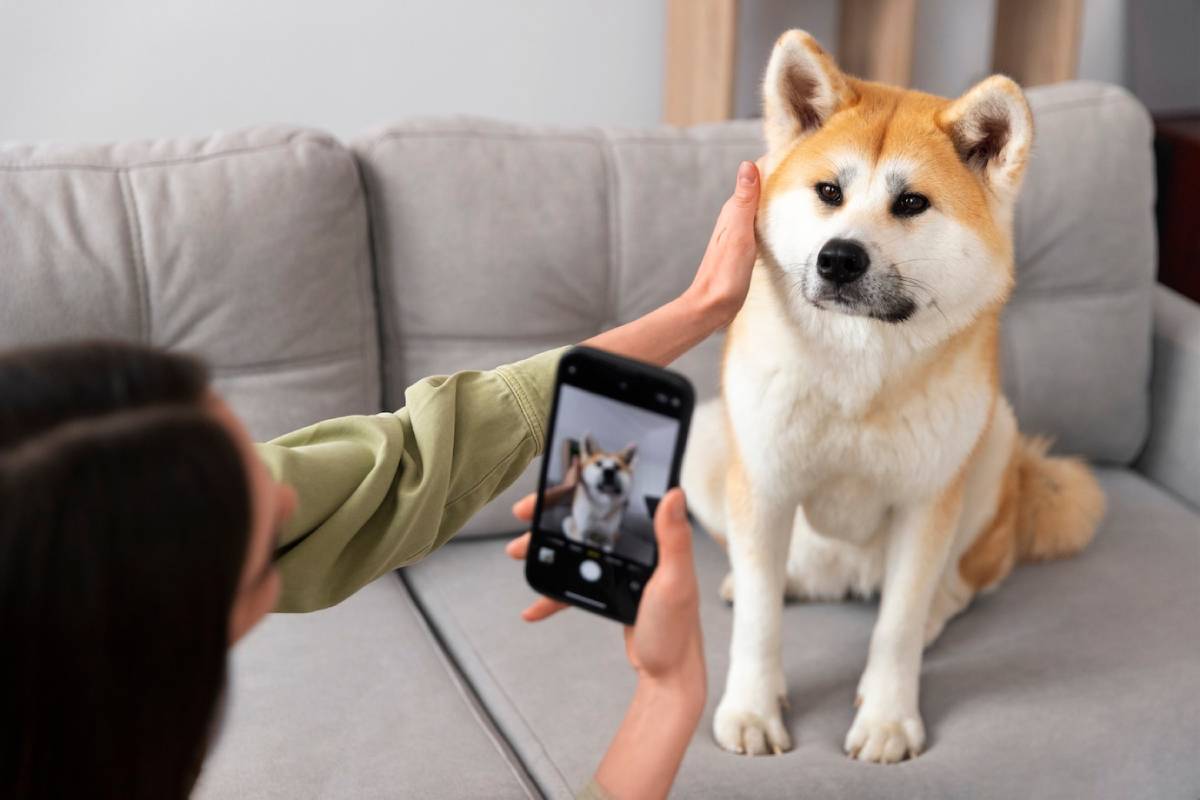
Capturing the Perfect Portrait: Dog Photography Techniques
There’s something magical about a beautifully shot portrait of your dog—the gleam in their eyes, the tilt of their head, or the way their ears perk up at the sound of your voice. But as anyone who has ever tried knows, photographing dogs isn’t always straightforward. From wiggly pups to easily distracted seniors, getting that perfect shot takes patience, preparation, and a few clever tricks.
Whether you’re using a professional camera or a smartphone, these dog photography tips will help you capture portraits that show off your pet’s personality, charm, and character.
Know Your Dog’s Personality
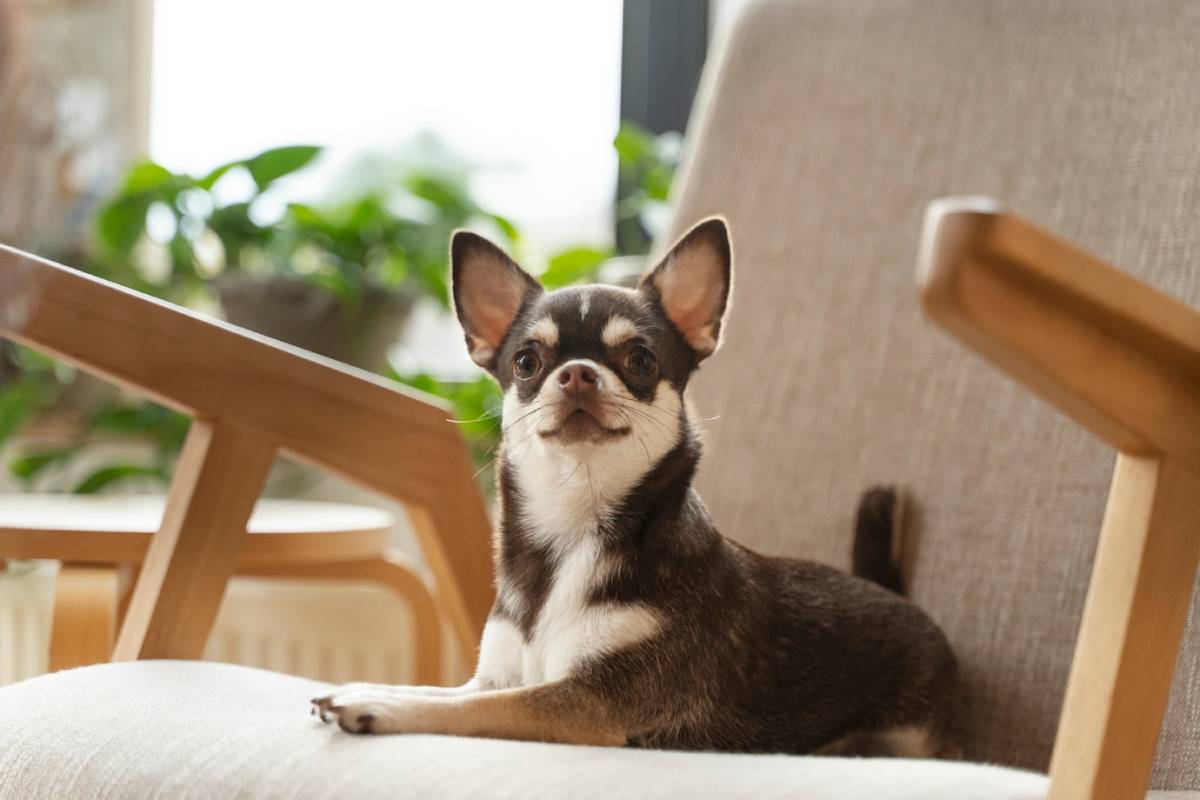
Before even picking up a camera, take a moment to think about your dog’s temperament.
- Are they shy or bold?
- Calm or high-energy?
- Easily distracted or focused?
Understanding how your dog reacts in different environments will help you choose the right setting, time of day, and approach. For example, a quiet, familiar space may suit a nervous dog, while a high-energy dog might thrive outdoors with space to move.
Preparation Is Key
A little prep goes a long way when it comes to pet portrait techniques.
- Exercise beforehand: A brisk walk or play session can help burn off excess energy, making it easier for your dog to stay still.
- Grooming: Brush your dog and wipe their eyes and mouth—small details make a big difference.
- Clean background: Choose uncluttered settings to keep the focus on your dog. Neutral walls, grassy fields, or rustic wooden backdrops work well.
Make sure to have water, treats, and a favourite toy on hand to keep them engaged and happy throughout the shoot.
Natural Light is Your Best Friend
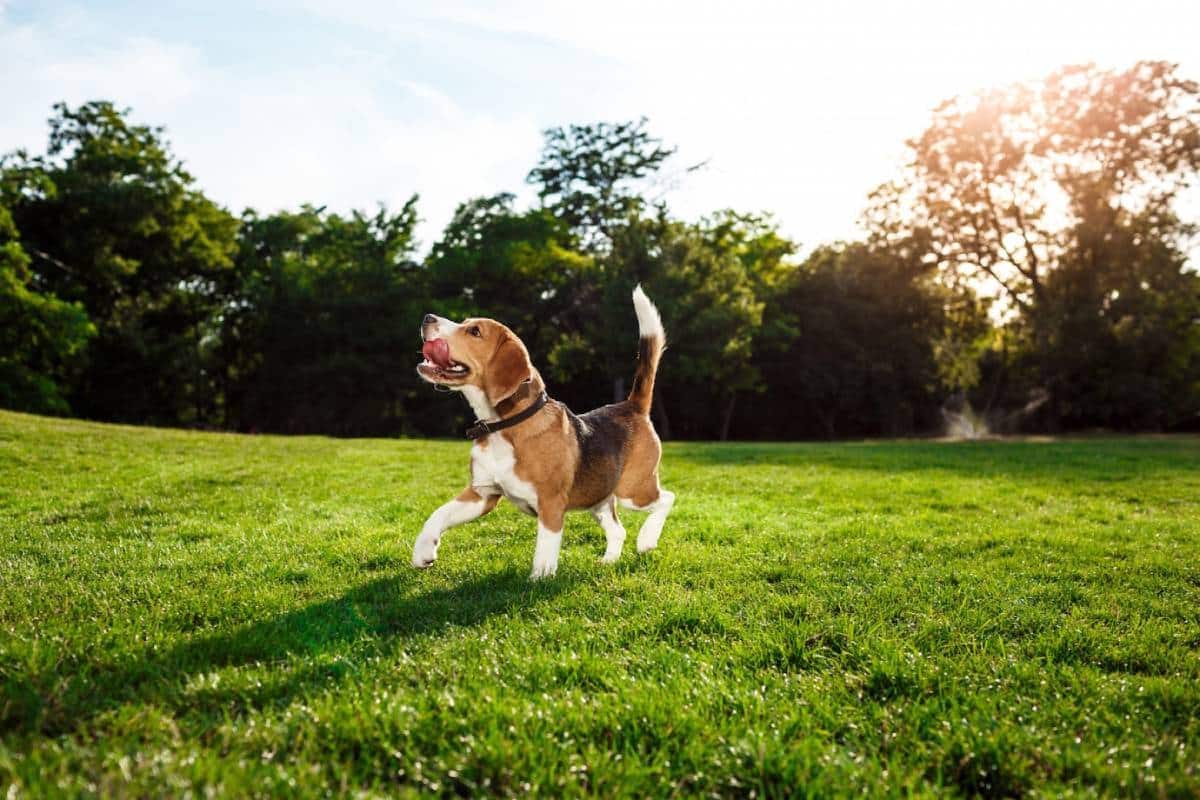
Lighting can make or break a photo. The best portraits are often taken in soft, natural light.
- Golden hour produces warm, flattering tones shortly after sunrise or before sunset.
- Shade on sunny days helps avoid harsh shadows or overexposure.
- Indoor by a window allows for gentle, diffused lighting without flash.
Avoid using flash—it can startle dogs and cause red-eye. If shooting indoors, increase your ISO or use a reflector to bounce light naturally.
Get on Their Level
One of the most effective dog photography tips is to shoot from your dog’s eye level.
- Crouch, lie down or sit to get a straight-on or slightly lower angle.
- Eye-level shots are more intimate and engaging, drawing viewers into your dog’s world.
- Play with angles: try shooting slightly from the side or at a tilt for variety.
Getting close also helps fill the frame and keeps distractions out of the background.
Focus on the Eyes
Just like in human portraits, the eyes are the window to your dog’s personality.
- Always focus on the eyes—they should be sharp and expressive.
- Use single-point autofocus on your camera or tap to focus on the eyes if using a phone.
- Catchlights (reflections of light in the eyes) add life and depth to your portrait.
If your dog has a dark coat or eyes, positioning them near light sources will help highlight their features.
Use Treats and Toys to Grab Attention
Getting your dog to look at the camera can be a challenge—this is where bribery pays off.
- Hold a treat just above or beside the lens
- Use squeaky toys, funny sounds, or even your voice to get a curious head tilt
- Vary the sounds to maintain interest and avoid repetitive reactions
Be quick—dogs often react instantly, so capture that moment as soon as their ears perk or they give you that inquisitive look.
Keep It Fun and Relaxed
Dogs pick up on your energy. If you’re stressed, they will be too. Make the session feel like a game or a treat rather than a chore.
- Give frequent breaks and reward with praise and snacks
- Let them roam for candid shots in between posed photos
- Be patient—some of the best portraits come when you least expect it
Aim for shorter sessions with high energy rather than long, tiring shoots.
Capture Their Personality
Great dog portraits do more than look nice—they tell a story.
Try capturing:
- Your dog’s quirkiest expressions or habits
- Action shots mid-jump or during play
- Close-ups of paws, noses, or tails
- Moments of calm—your dog resting, watching the world, or snuggled in a favourite spot
These are the images that speak to who your dog really is.
Editing and Enhancing Your Photos
Post-processing can elevate a good shot into a great one.
- Adjust brightness, contrast, and sharpness to highlight detail
- Crop to focus attention on your dog’s expression or body language
- Use editing apps or software like Lightroom or Snapseed for easy enhancements
- Avoid over-editing—keep colours and textures natural to preserve the real essence of your dog
Black and white edits can also work beautifully for emotional or moody portraits.
Safety and Comfort Always Come First
Never force your dog into a pose or setting that causes stress or fear.
- If your dog isn’t enjoying the session, stop and try again another day
- Avoid putting them in unfamiliar or unsafe environments for the sake of a photo
- Use positive reinforcement throughout—make the experience one they look forward to
Comfortable dogs are confident dogs, and that always shows in the photos.
Final Thoughts: Photographing Dogs with Heart

Creating meaningful portraits of your dog isn’t about expensive equipment or elaborate backdrops—it’s about connection, patience, and love. With these pet portrait techniques, you’ll not only capture beautiful images but also create memories you’ll treasure long after the shutter clicks.
Whether you’re chasing the perfect Instagram shot or framing prints for your wall, these dog photography tips will help you showcase your dog’s unique spirit. And remember—every blink, bounce, and wag has the potential to be picture-perfect.
